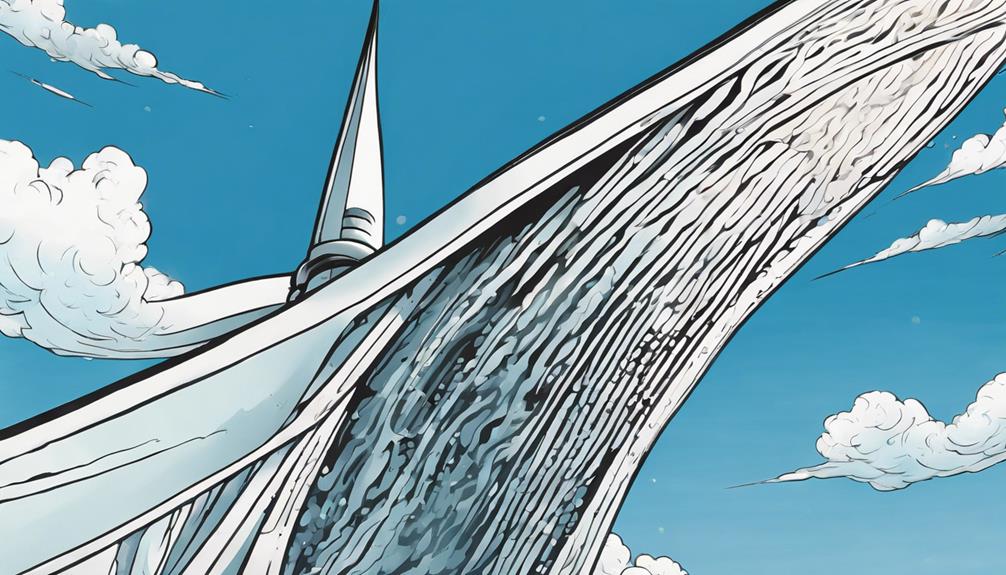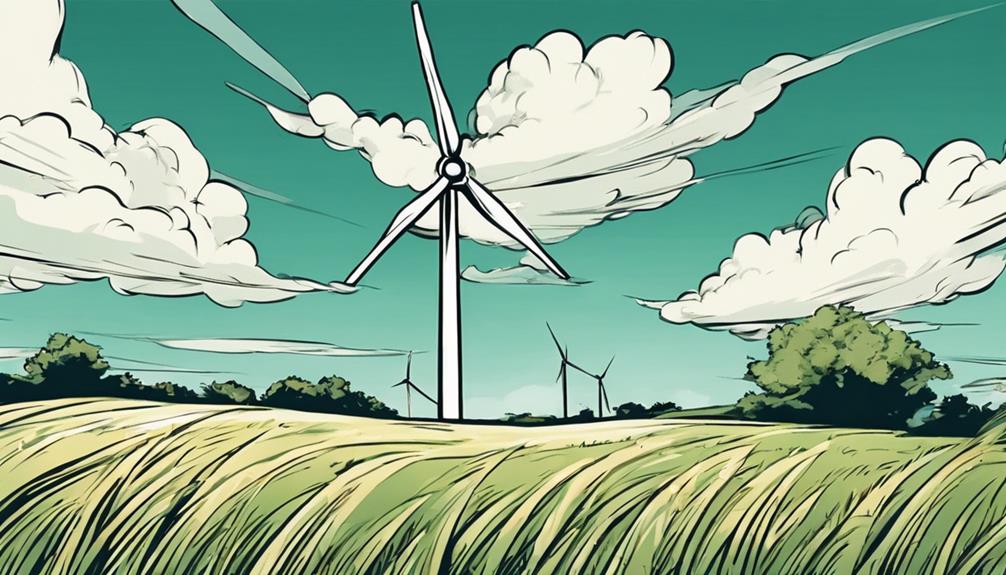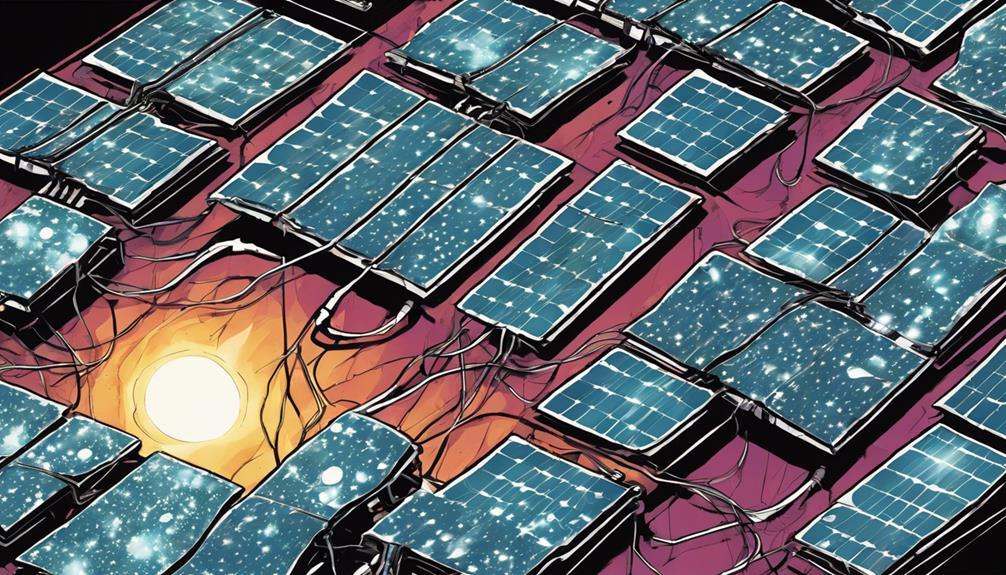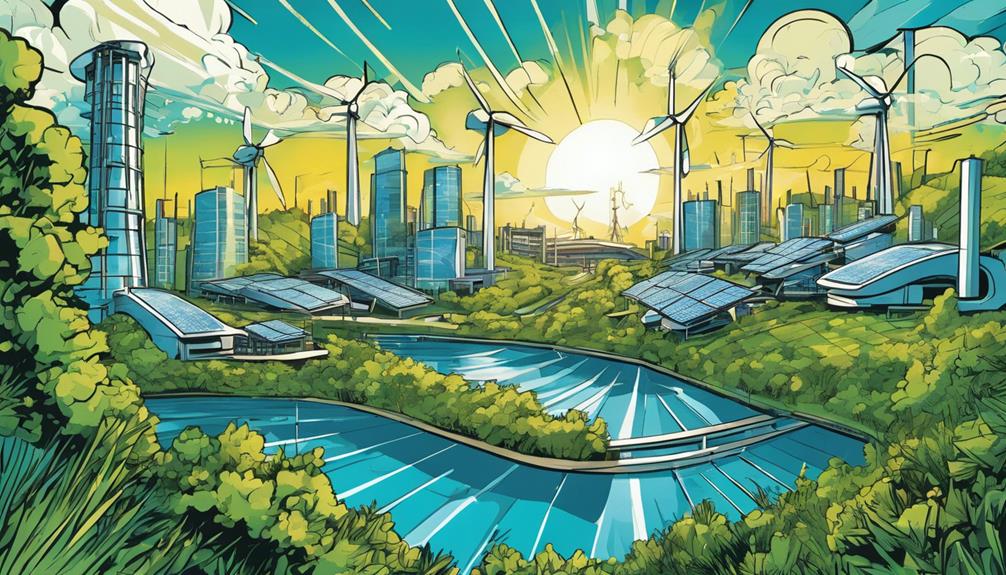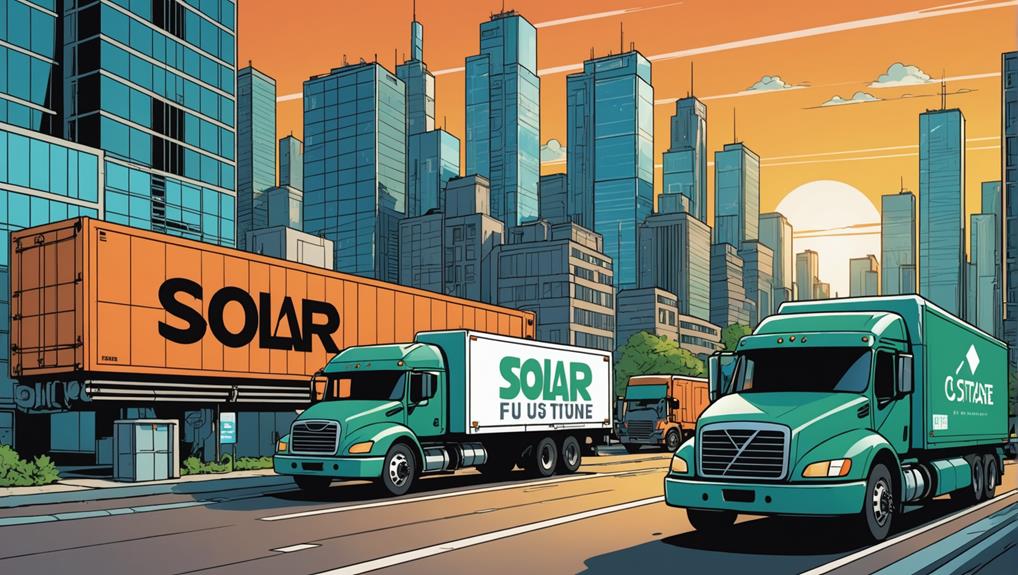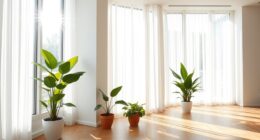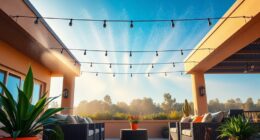Optimizing wind turbine blades is essential to accessing peak performance, as even slight design and material improvements can greatly enhance energy production and decrease maintenance costs. Effective blade design and material selection are key, as they impact wind speed tolerance, drag, and lifespan. Aerodynamic efficiency can be optimized through curved designs and surface features, while sharp edges and surface roughness control can improve lift and reduce drag. By fine-tuning these factors, wind turbines can achieve peak performance and maximize energy generation. As the pursuit of efficiency continues, new innovations in blade design and materials are expected to further boost performance.
Key Takeaways
- Balancing blade thickness with material selection is crucial for optimal wind speed tolerance, drag reduction, and peak performance.
- Moderate curvature enhances wind power harnessing, while fine-tuning curvature leads to increased energy production under various wind conditions.
- Sharp edges and surface roughness control optimize aerodynamic performance, energy capture, and reduce drag through the Coandă effect and delayed boundary layer separation.
- Material selection and curved designs increase aerodynamic efficiency, while specific bend angles and surface features enhance energy capture and power generation.
- Lightweight yet strong materials with fatigue resistance, corrosion resistance, and durability are essential for peak performance, efficiency, and reduced maintenance.
Blade Design and Material Selection
Blade design and material selection are pivotal components in wind turbine optimization, as they directly impact the turbine's efficiency, durability, and overall performance.
The thickness of the blade is a key design factor, as thicker blades can withstand higher wind speeds but create more drag, while thinner blades are lighter and can start rotating at lower wind speeds.
Material selection is also essential, as it must balance strength and efficiency. Fiberglass, carbon fiber, and composite materials are commonly used, offering a mix of lightweight, strength, and resistance to fatigue and corrosion.
The right material selection can enhance the blade's lifespan, reduce maintenance needs, and boost overall performance.
Aerodynamic Efficiency Optimization
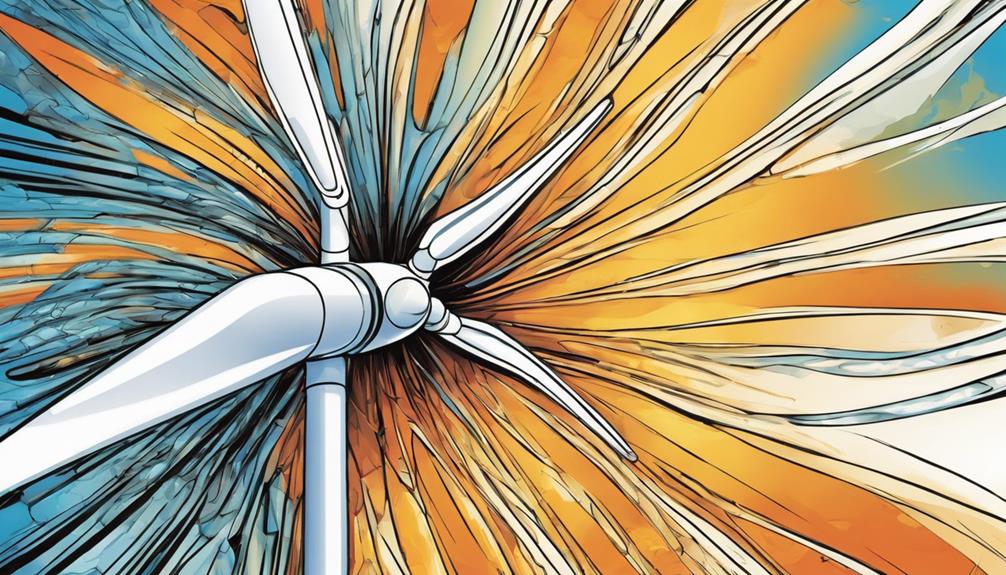
By carefully enhancing the curvature of wind turbine blades, engineers can maximize aerodynamic efficiency, reducing drag and capturing more wind energy. Curvature enhancement is essential, as it directly impacts the blade's ability to harness wind power.
Adjusting the bends in the blade improves efficiency significantly, allowing it to cut through the air with minimal resistance. Blades with a moderate curvature are often considered ideal, striking a balance between energy production and structural integrity.
This equilibrium is crucial, as it ensures the blade can withstand various wind conditions while maintaining peak performance. By fine-tuning the curvature, engineers can unleash the full potential of wind turbine blades, leading to increased energy production and reduced maintenance costs.
Enhancing Blade Performance Factors
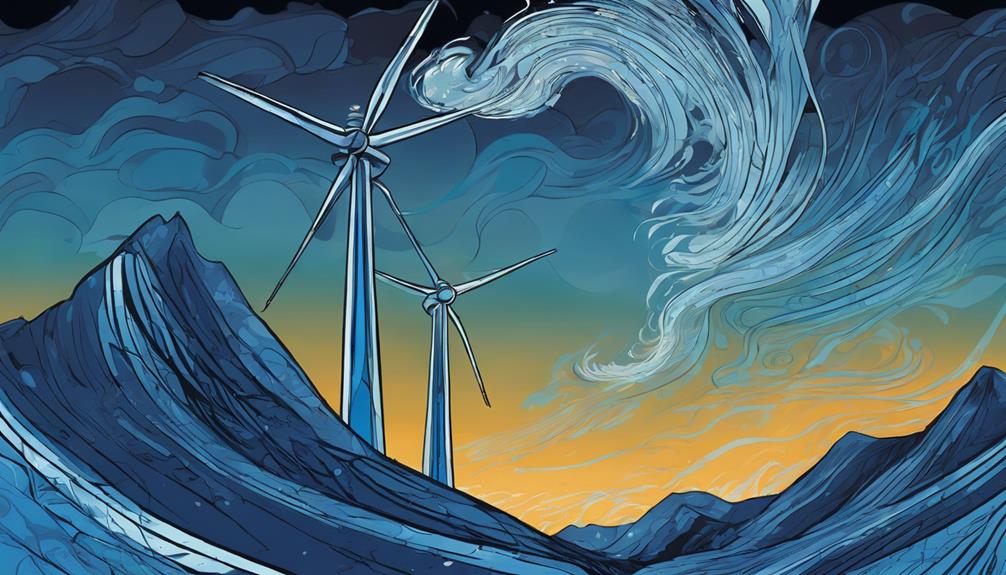
Optimizing blade performance factors, such as sharp edges and surface roughness control, can greatly enhance wind turbine efficiency and power generation.
Sharp edges, in particular, create the Coandă effect, increasing lift and reducing drag. This leads to improved aerodynamic performance and increased energy capture.
Surface roughness control also plays an essential role, as it delays boundary layer separation, reducing air resistance and turbulence. By incorporating these design elements, wind turbine blades can operate more efficiently, generating more power and reducing maintenance costs.
Additionally, careful consideration of leading edge design is crucial, as it directs airflow over the blade surface, impacting energy capture. By optimizing these performance factors, wind turbine blades can reach peak performance.
Efficiency and Power Generation
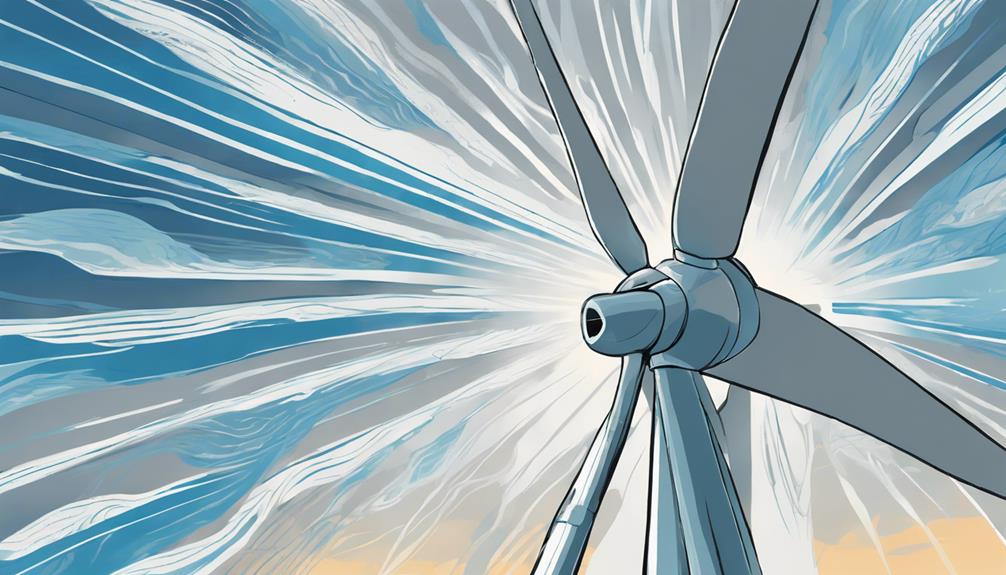
Data-driven approaches to wind turbine design enable the creation of highly efficient blades that maximize power generation. Specific bend angles and surface features can greatly enhance energy capture. By optimizing these factors, turbines can produce more electricity while reducing costs.
Leading edges play a pivotal role in directing airflow over the blade surface, significantly impacting energy capture. Surface roughness control also delays boundary layer separation, further improving efficiency. Additionally, careful material selection and curved blade designs can increase aerodynamic efficiency, allowing turbines to operate at peak levels.
Material Properties and Reliability

Wind turbine blades must be crafted from materials that excel in strength, durability, and resistance to fatigue and corrosion to guarantee reliable performance over their lifespan. The selection of materials is critical, as it directly impacts the blade's efficiency, maintenance requirements, and overall performance.
Here are three key material properties to take into account:
- Lightweight yet strong: Blades must be able to withstand harsh weather conditions and rotate at high speeds while minimizing weight to reduce rotational inertia.
- Fatigue resistance: Materials should be able to withstand repeated stress cycles without compromising their structural integrity.
- Corrosion resistance: Blades must be protected from environmental corrosion to assure a long lifespan and minimal maintenance.
Frequently Asked Questions
How Do Wind Turbine Blades Respond to Extreme Weather Conditions Like Hurricanes?
She explains that thicker wind turbine blades can withstand extreme weather conditions like hurricanes, but may create more drag, while thinner blades are more susceptible to damage but can start rotating at lower wind speeds.
Can Wind Turbine Blades Be Designed for Specific Environmental Conditions?
When push comes to shove, wind turbine blades can be tailored to specific environmental conditions by adjusting blade thickness, curvature, and material selection to optimize performance in unique weather patterns and geographical locations.
Are There Any Alternative Materials Being Explored for Wind Turbine Blades?
Researchers are exploring alternative materials, such as 3D-printed concrete, bamboo, and advanced polymers, to create lighter, stronger, and more sustainable wind turbine blades, reducing costs and environmental impact.
How Often Should Wind Turbine Blades Be Replaced or Refurbished?
Wind turbine blades typically need replacement or refurbishment every 10 to 15 years, depending on factors like material quality, usage, and environmental conditions, to maintain peak performance and prevent degradation.
Can Wind Turbine Blades Be Designed to Reduce Noise Pollution?
She explains that wind turbine blades can be designed to reduce noise pollution by incorporating serrated trailing edges, which reduce vortex formation, and optimizing blade shape to minimize airflow disruptions.
Conclusion
As the winds of innovation blow through the industry, optimizing wind turbine blades has become a finely tuned art, akin to a master chef seasoning a recipe for perfection.
By balancing blade design, material selection, and aerodynamic efficiency, engineers can reveal the full potential of wind energy, generating power with the precision of a Swiss watch.
As research continues to push the boundaries, the future of sustainable energy looks brighter than ever.
